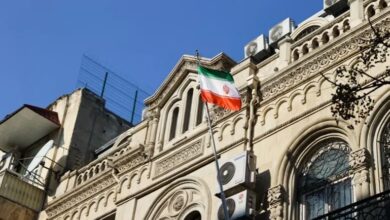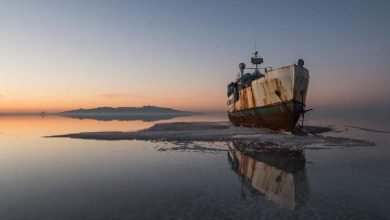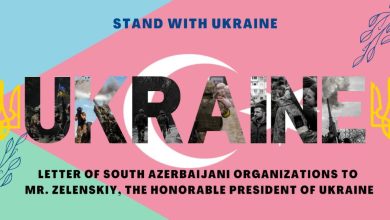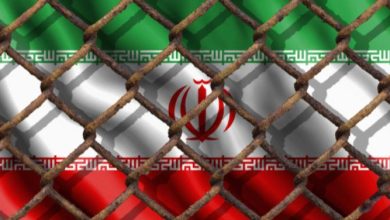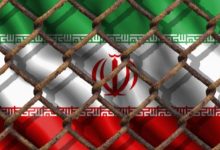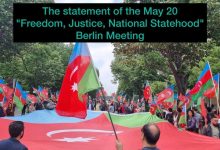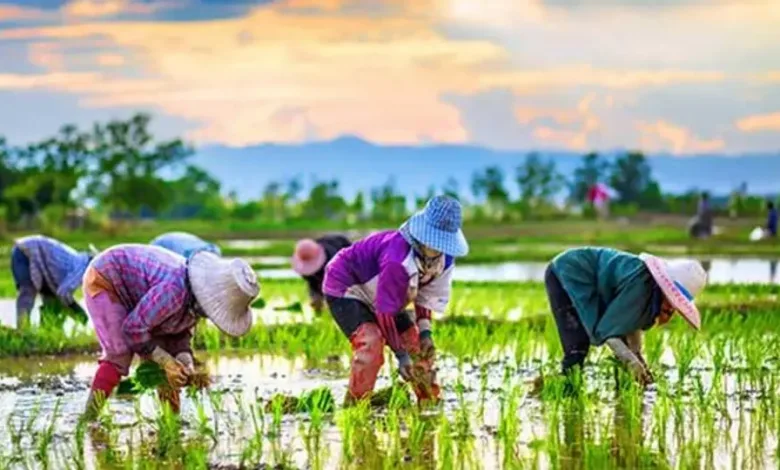
Iran’s agriculture minister said Friday the Revolutionary Guards’ engineering arm Khatam ol-Anbia are to boost rice production with a $3 billion project.
According to the semi-official Mehr news agency, Javad Sadatinejad announced a five-year project, agreed by the ministry and Khatam ol-Anbia, that would be resourced through bartering oil.
The minister made the comments at a meeting in Roudsar, Gilan province, during a visit by President Ebrahim Raisi (Raeesi). “Initial agreements have been made and 7 trillion rials was allocated to this purpose during this visit,” Sadatinejad said.
The IRGC is involved in many areas of the economy, including industrial and road construction, housing, and agriculture. In early January, the Minister of Energy Ali-Akbar Mehrabian said the ministry had concluded a 300-billion rial contract with the IRGC’s Imam Hasan Headquarters for water projects in rural areas.
Sadatinejad said Iran imported around 1 million metric tons of rice annually but had the potential to be self-sufficient in line, he said, with the Raisi administration’s top priorities.
Per capita rice consumption in Iran is around 35kg, putting overall consumption, including by agro-food industries, at 3.5 million tons. The highest output, achieved in 2018, was 1.9 million tons.
Major production is concentrated in the Caspian coastal provinces of Gilan, Mazandaran, and Golestan, which together produce over 75 percent of rice grown in Iran. Much of the terrain is mountainous or forested, leaving just a narrow strip for rice and other agriculture.
Other provinces including Esfahan, Khuzestan, and Fars produce rice on a small scale. Almost all these provinces have been hit by drought in the past few years and the ministry has banned rice cultivation in some provinces, including Golestan, which is among the provinces with the highest precipitation.
In 2013 the secretary of Iran’s Rice Producers’ Association, Jamil Alizadeh, said self-sufficiency in rice production was not logical given the crop requires intensive irrigation. Alizadeh said the country had 630,000 hectares of rice paddies but irrigation could be considered assured for only 520,000 with remaining crops vulnerable to drought.
Like much of the wider region, Iran has faced serious drought over two decades, with water shortages affecting around one-fourth of Iranian cities. Critics also blame water-intensive industries, and water stress had led to protests in affected areas, including the south-western province of Khuzestan and the central province of Esfahan since July this year, as communities vie for water supply.
In 2004 Iran announced self-sufficiency in wheat production, but four years later had to import over 5.4 million tons, which made it the world’s fourth-largest wheat importer. Imports continued until 2015, but since then the country imports only to maintain strategic food reserves.


